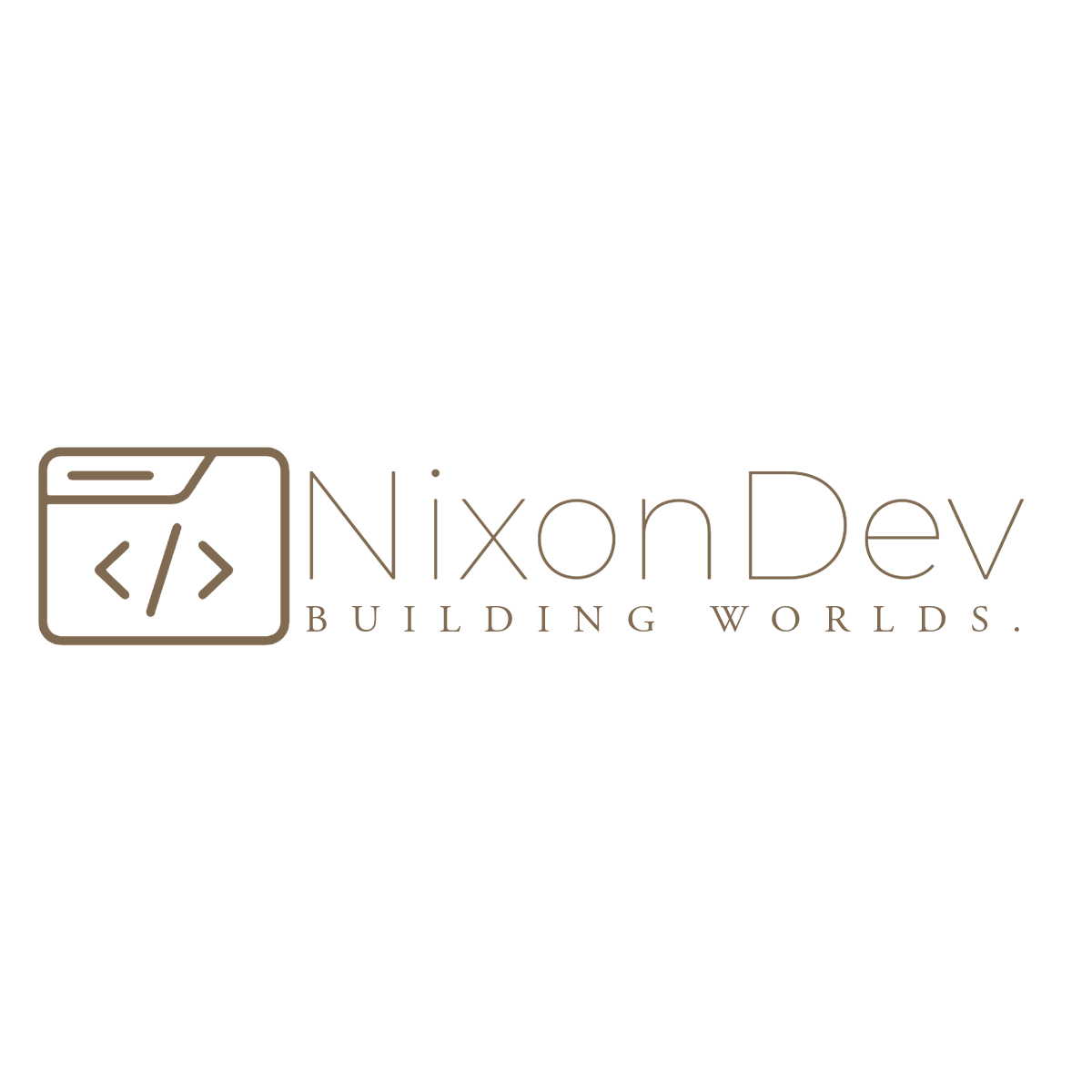I spearheaded the development of the strategy city builder component, implementing a grid-based building system and a turn-based game system with phases for finance, taxes, construction, and decision-making.
Grid Building System
The visible grid defines the buildable area. Level designers can adjust its size and position without coding by manipulating anchor points. The grid utilizes tileset recognition - Designers can paint the buildable ground using a specific tileset layer. If a grid square is fully covered by that layer tiles (corners and center), a building can be placed there.
Buildings and Upgrades
Buildings are created using data objects and include the following elements: a sprite (visual representation), name, cost, and a description that serves as informational text. Additionally, they possess values indicating the boost to citizen satisfaction the building provides each round and the building's generated income each round.
Upgrades retain all these properties to ensure flexibility, as all characteristics may change when a building is upgraded.
Onboarding
I developed an onboarding tool that allows for the placement of world-space and screen-space canvas hints with accompanying text. These hints are presented based on predefined conditions, utilizing a finite state machine framework for clear and manageable progression. This tool enhances team collaboration and simplifies in the way of creating.
Turn Based
The turn-based game system was also implemented using a Finite State Machine (FSM) to ensure straightforward state handling and easy debugging, which was beneficial for a multi-developer project. The FSM structure contributed to a manageable project, promoting efficient development.
Project Information
Karin Morozova: 2D Art
Samuel Lücke: Game Design & Narrative Storytelling
Moritz Gillrath: Leveldesign & Programming (Visual Novel)
Nixon Scherbarth: Programming (Grid Building, Turn Based, Upgrading & Management), Onboarding Tool Development
Dominik Wiantrakun: Developing (Typology & Event System, Mobile Integration)
Jakob Hofmann: UX Design
Samuel Lücke: Game Design & Narrative Storytelling
Moritz Gillrath: Leveldesign & Programming (Visual Novel)
Nixon Scherbarth: Programming (Grid Building, Turn Based, Upgrading & Management), Onboarding Tool Development
Dominik Wiantrakun: Developing (Typology & Event System, Mobile Integration)
Jakob Hofmann: UX Design
Production Time: 6 Weeks
